地铁站台活塞风与空调送风非等温耦合特性研究
I摘要在地铁站台非屏蔽门系统中,地铁列车在隧道内运行产生的活塞风对地铁站台气流组织影响显著。送风射流受站台间歇性活塞风作用的机理研究是从地铁环控区域气流组织实际状态中抽象出来的科学问题,其广泛存在于地铁站台层、站厅层、地铁走廊和地铁中转站等区域。送风射流与站台活塞风相互耦合的现象,根据送风射流中空调系统开启与否,可分为等温耦合和非等温耦合两种工况,本文在前人等温耦合的基础上,研究非等温耦合现象。恰当地控制和利用活塞风及送风射流的相关参数,关系到广大乘客的舒适性和身体健康,对地铁热环境的舒适性和节能性有很大作用。稳态送风射流(空调送风)与间歇性非稳态受迫气流(活塞风)相互耦合是地铁站台热环境气流...
相关推荐
-
我国基层财政困难的制度成因分析与对策研究VIP免费
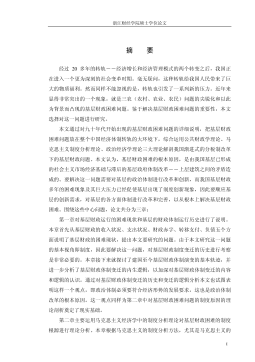
 2024-09-20 25
2024-09-20 25 -
我国煤电产业链纵向交易合约机制研究VIP免费
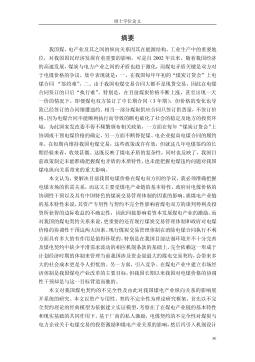
 2024-09-20 23
2024-09-20 23 -
生产要素视角下的上海市产业结构优化研究VIP免费
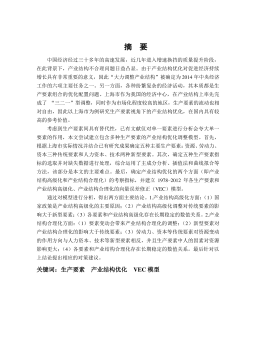
 2025-01-09 6
2025-01-09 6 -
我国银行业结构与经济结构关系研究VIP免费
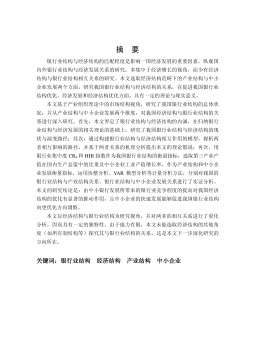
 2025-01-09 7
2025-01-09 7 -
大数据视角下农业供应链金融研究VIP免费
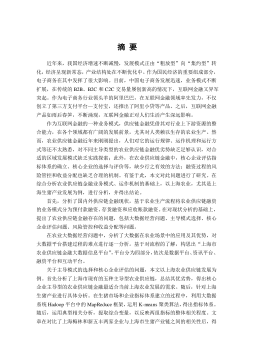
 2025-01-09 6
2025-01-09 6 -
跨国大型综合超市的规划研究VIP免费
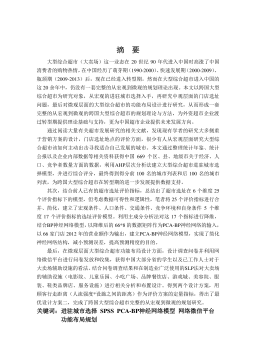
 2025-01-09 6
2025-01-09 6 -
跨境电商农产品质量安全问题研究VIP免费
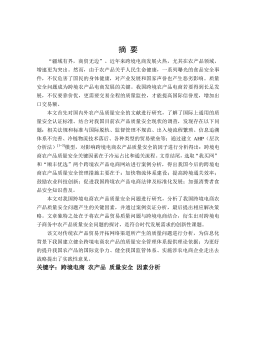
 2025-01-09 6
2025-01-09 6 -
世界市场的虚拟化与我国国际电子商务发展方向研究VIP免费
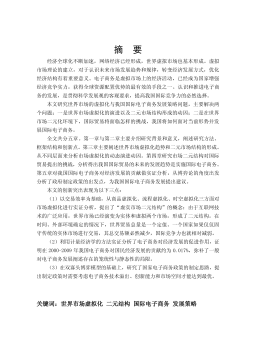
 2025-01-09 6
2025-01-09 6 -
中国政府对电力行业的价格规制问题研究VIP免费
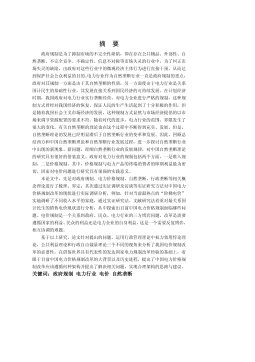
 2025-01-09 6
2025-01-09 6 -
中小企业信息化系统集成技术研究VIP免费

 2025-01-09 11
2025-01-09 11
相关内容
-

跨国大型综合超市的规划研究
分类:高等教育资料
时间:2025-01-09
标签:无
格式:PDF
价格:15 积分
-

跨境电商农产品质量安全问题研究
分类:高等教育资料
时间:2025-01-09
标签:无
格式:PDF
价格:15 积分
-

世界市场的虚拟化与我国国际电子商务发展方向研究
分类:高等教育资料
时间:2025-01-09
标签:无
格式:PDF
价格:15 积分
-

中国政府对电力行业的价格规制问题研究
分类:高等教育资料
时间:2025-01-09
标签:无
格式:PDF
价格:15 积分
-

中小企业信息化系统集成技术研究
分类:高等教育资料
时间:2025-01-09
标签:无
格式:PDF
价格:15 积分






